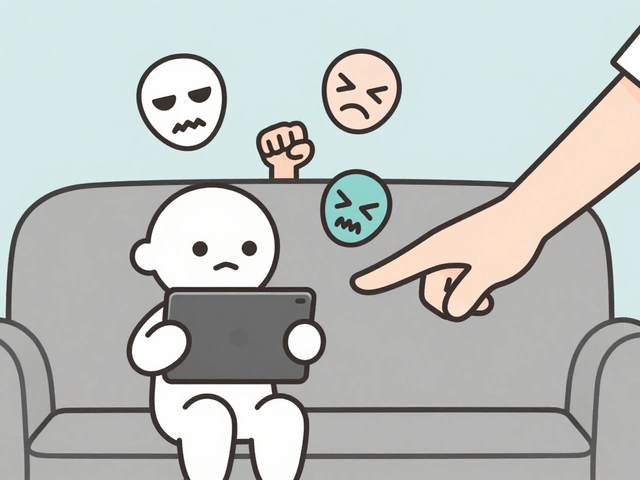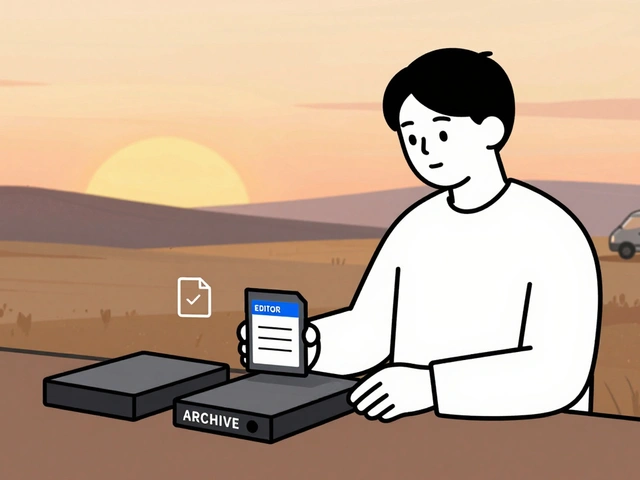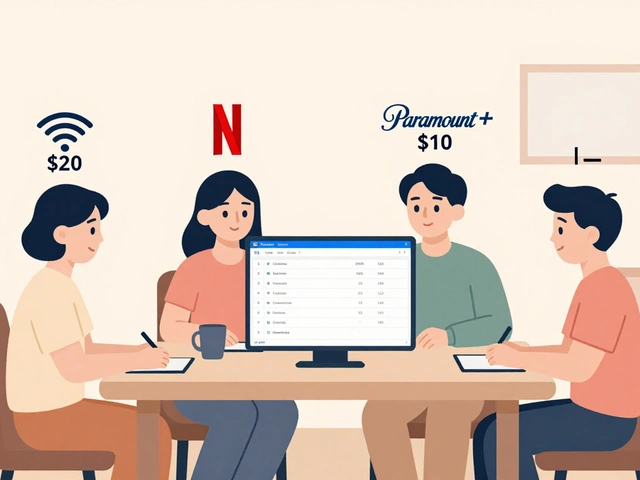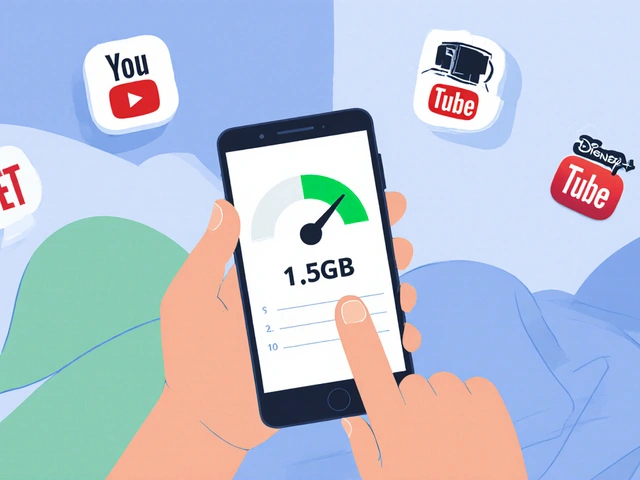Medication Safety: Your Quick Guide to Safer Prescriptions
Getting the right medicine at the right time sounds simple, but mix‑ups happen more often than you think. On this page we’ve gathered the best reads to help you steer clear of common slip‑ups and make smarter choices about the drugs you take.
Why Medication Safety Matters
Every year, preventable medication errors cause thousands of hospital visits. A missed dose, a wrong pill, or an unexpected interaction can turn a routine prescription into a health scare. That’s why knowing the basics—like how generic drugs differ from brand‑name ones, or why antibiotics need to be used carefully—is a lifesaver.
Our articles break down the science without the jargon. For example, the "Brand‑Name vs. Generic Drugs" piece shows you how both are tested for the same standards, so you can decide what fits your wallet and health needs. The "Antibiotic Resistance" guide explains why overusing antibiotics fuels superbugs and offers simple steps to keep them effective.
Practical Steps to Keep Your Medicines Safe
1. Double‑check every prescription. When you pick up a new drug, compare the label with the doctor’s note. Look for the correct name, dosage, and instructions. If anything feels off, call the pharmacy right away.
2. Use a pill organizer. Sorting your meds by day and time reduces missed doses and accidental double‑ups. It’s a cheap tool that makes a big difference.
3. Know your meds. Read the short description on each bottle. Our "Pharmacogenetics" article shows how your DNA can affect drug response, so you might ask your doctor about a genetic test if you’ve had weird side effects.
4. Keep a medication list. Write down every prescription, over‑the‑counter product, and supplement you’re taking. Share this list with any new doctor to avoid harmful interactions.
5. Don’t share pills. Even if a friend says they have the same condition, medicines are tailored to individuals. Sharing can lead to dosage errors or allergic reactions.
6. Store meds properly. Some need refrigeration, others stay dry and cool. Follow storage tips in each article to keep potency intact.
7. Ask questions. If a label says "take with food" but you’re not sure why, ask your pharmacist. Understanding the reasoning helps you stick to the plan.
These steps are quick, cheap, and backed by the research we’ve compiled on this tag. Dive into the linked articles for deeper insights, checklists, and real‑world examples. Whether you’re a patient, caregiver, or health professional, the right knowledge can cut errors before they happen.
Stay safe, stay informed, and remember: the smallest habit—like double‑checking a label—can protect your health in big ways.
7
How to Understand and Use a Drug Interaction Chart Safely
Learn how to read and use a drug interaction chart for safe medication management. This guide shows you how to spot risky drug combinations and make safer choices.
Latest Posts
Popular Posts
-
 Special Effects vs. Visual Effects: What’s the Difference in Movie Magic
Special Effects vs. Visual Effects: What’s the Difference in Movie Magic
-
 Best Educational TV Shows for Preschoolers, Elementary Kids, and Tweens
Best Educational TV Shows for Preschoolers, Elementary Kids, and Tweens
-
 Parental Controls on Free Streaming Apps: How to Keep Kids Safe Online
Parental Controls on Free Streaming Apps: How to Keep Kids Safe Online
-
 Data Management: DIT, Backups, and Archival Best Practices for Video Teams
Data Management: DIT, Backups, and Archival Best Practices for Video Teams
-
 How Roommates Can Fairly Share Wi-Fi and Streaming Costs
How Roommates Can Fairly Share Wi-Fi and Streaming Costs



